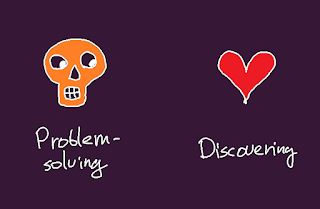Monotony (opus 1128)
The Merriam-Webster Dictionary defines the word "monotony" as "tedious sameness". For a creative soul, monotony is on par with torture. This piece conveys the struggles of the soul that has been trapped in monotony and is looking for ways to break free from it. The video shows a man performing various free style dance moves as an expression of the struggles. Behind him is a wall on which, in the first part of the video, projects a movie of clouds moving through the sky. This is a symbolism of one's creative aspirations before one becomes a prisoner of monotony. In the second part of the video, the projection changes to showing the dancer in action, from multiple angles. This symbolizes that after a while of monotony, the aspirations dissolve into excessive awareness of one's own self. At this stage, an illusion of having broken free from monotony may arise, which is symbolized by the scene with the chair. The chair is the illusion of freedom, illustrated by ...


